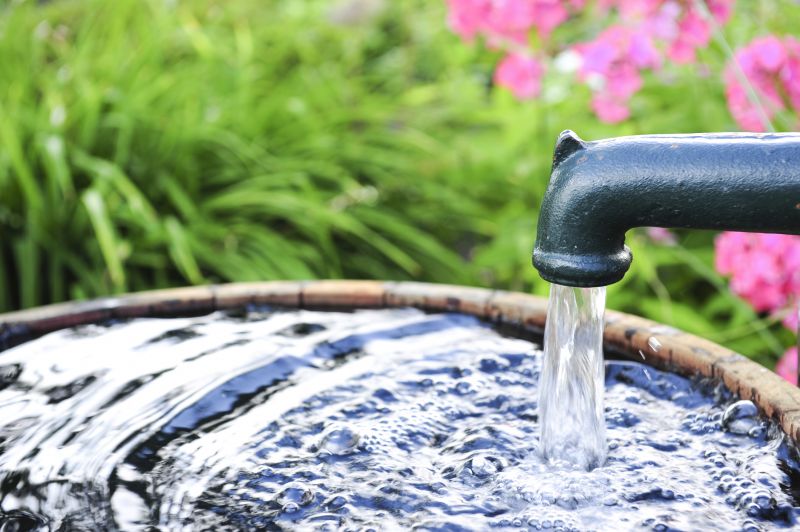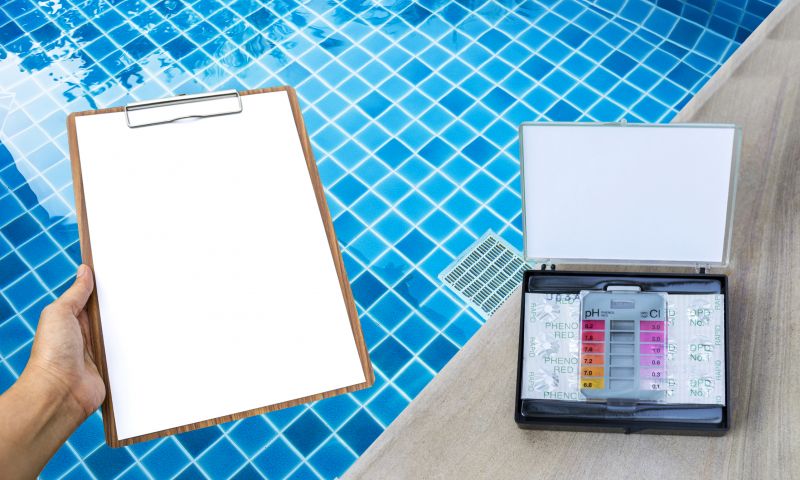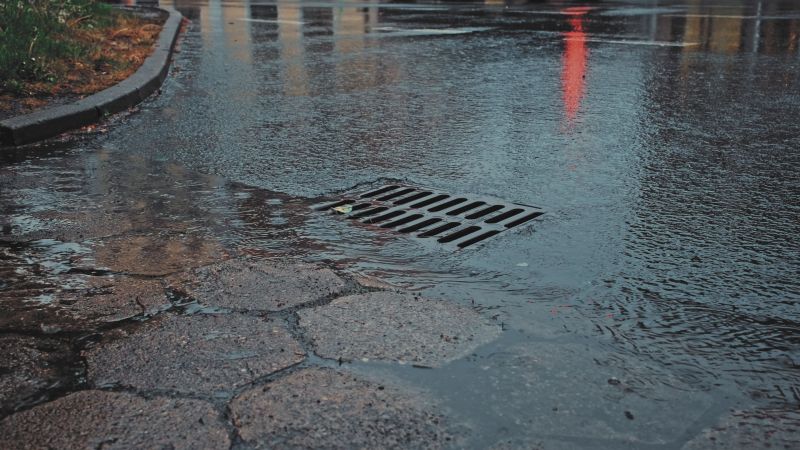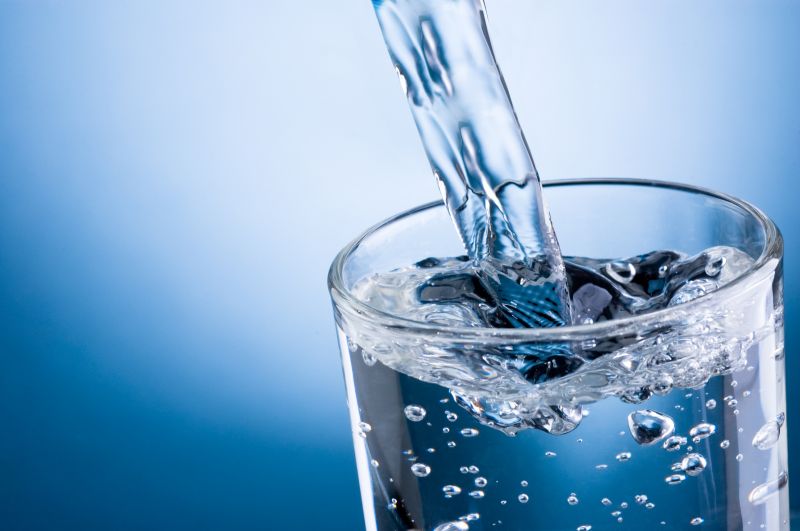Optimal Timing for Water Quality Testing
Water quality testing is essential for maintaining safe and clean water supplies. Conducting tests at optimal times ensures accurate results and helps identify potential issues before they impact health or water systems. Proper timing can also optimize resource use and reduce unnecessary testing.
Testing during different seasons can reveal how temperature and weather affect water quality, especially in natural water sources and distribution systems.
After heavy rainfall or storms, water sources may be contaminated. Testing helps detect pollutants introduced during such events.
Testing at the start of water system operation ensures water quality standards are met before distribution.
Regular testing schedules maintain ongoing water safety, typically aligned with regulatory requirements.

Collecting samples after rainfall to assess runoff impact.

Assessing water quality during winter to identify freezing or contamination issues.

Sampling after storms to detect potential pollutants.

Regular sampling to ensure ongoing water safety.
| Timing Aspect | Details |
|---|---|
| Seasonal Changes | Water quality can vary with temperature and weather, affecting contaminant levels. |
| Weather Events | Heavy rain or storms can introduce pollutants, requiring immediate testing. |
| System Start-Up | Initial testing ensures compliance before water distribution begins. |
| Routine Checks | Periodic testing maintains ongoing safety and compliance. |
| High Demand Periods | Testing before peak usage prevents health issues during high consumption. |
| Post-Disaster | After floods or storms to assess water safety. |
| Temperature Extremes | Assessing water quality during hot or cold weather conditions. |
Water quality testing provides critical insights into the safety and purity of water sources. Accurate testing can identify contaminants such as bacteria, nitrates, heavy metals, and other pollutants that pose health risks. Regular testing helps water providers and consumers ensure compliance with safety standards and maintain high water quality. The timing of these tests is vital; conducting them at appropriate intervals and under specific conditions can detect issues early, reduce health hazards, and support effective water management.



